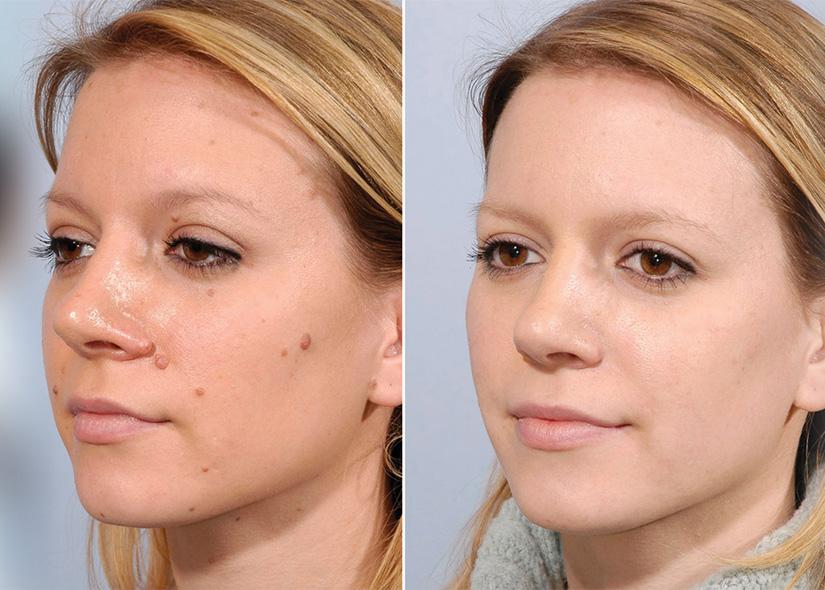Moles can come in many shapes and colors. Some moles appear at birth. Others develop later in life. These moles are usually candidates for laser mole treatment. You should pay special attention to moles that have irregular borders, change in color, or grow out of control before you try any type. To determine if the mole is benign, a dermatologist must be consulted. You can also connect with us if you are looking for laser mole removal surgery.

Image Source: Google
In Cheshire, laser mole removal is best for moles with flat, brown, or black colors. These moles are called nevi. These moles are very thin. Lifted birthmarks are thicker, and the laser can't penetrate them simply to liquidate them. The laser can remove moles even though they are small. It may take three treatments to get rid of them.
Laser mole removal is a different surgical procedure than other types of surgery. The laser beam of light does not cut but instead focuses on the mole. The mole is darker in pigmentation and absorbs light. This causes tissue to be damaged at the cellular level. As the body heals the wound, it absorbs the cells. The laser seals the blood vessels, so there is no blood.
The laser can heal the treated area, but it is best to avoid direct sunlight. The area will appear slightly redder or darker as it heals. It eventually forms a scab. Although the scab can last for up to two weeks, it should be kept out of direct sunlight and protected from the sun for at least two months.
In Cheshire, although laser mole removal is still a relatively safe procedure. The possibility of infection is always possible, especially if the area is exposed to contaminants. Laser surgery is performed primarily with a local anesthetic. This reduces the risk of infection more than procedures that use general anesthetic.